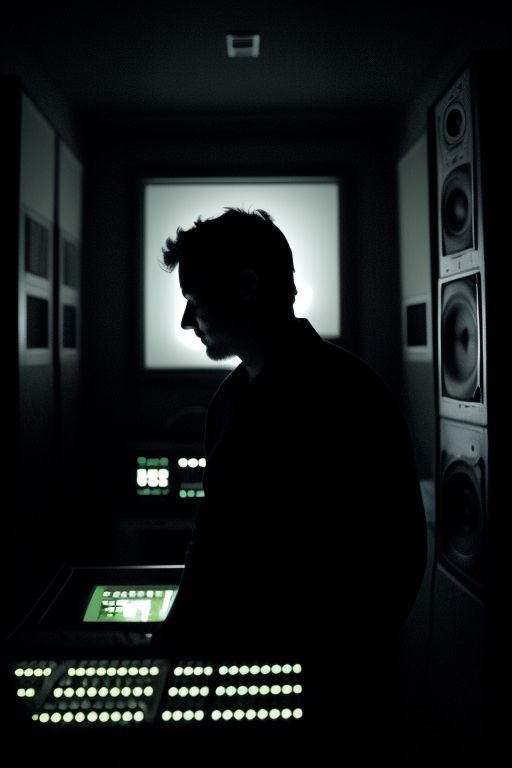In the realm of event videography, drones have evolved from a novelty to an essential tool for capturing dynamic and visually compelling footage. Whether you’re covering weddings, music festivals, corporate events, or sports competitions, drones offer unmatched versatility and creativity in capturing aerial perspectives that engage and immerse viewers. This comprehensive guide explores advanced techniques and strategies for effectively harnessing drone technology to elevate your event videography to new heights.
1. Planning Your Drone Shots
A. Pre-Event Preparation
Before deploying drones for event coverage, meticulous planning is crucial to ensure seamless integration and optimal results:
- Venue Reconnaissance: Conduct a site visit well in advance to assess the event location, identify potential obstacles, and determine suitable takeoff and landing zones.
- Shot List and Storyboarding: Develop a detailed shot list and storyboard that outlines specific shots, angles, transitions, and key moments you want to capture. This planning ensures a cohesive visual narrative and efficient use of flight time.
B. Weather and Lighting Considerations
- Weather Monitoring: Monitor weather conditions closely leading up to the event and on the day of the shoot. Avoid flying in adverse weather conditions such as high winds, rain, or low visibility to ensure safety and maintain video quality.
- Golden Hour Advantage: Leverage the natural lighting advantages of sunrise and sunset (golden hour) for capturing warm, soft lighting that enhances the visual appeal and cinematic quality of your footage.
2. Understanding Regulations and Safety
A. Regulatory Compliance
Compliance with local drone regulations and airspace restrictions is essential to ensure legal operation and safety:
- FAA Regulations (US): Familiarize yourself with Federal Aviation Administration (FAA) regulations governing drone flight, including registration requirements, airspace restrictions, and guidelines for commercial drone operations.
- Local Permits and Permissions: Obtain any necessary permits or permissions from local aviation authorities or event organizers to legally fly drones at the event venue.
B. Safety Protocols
Prioritize safety protocols to mitigate risks and ensure safe operation throughout the event:
- Certified Pilots: Assign a certified drone pilot with experience in event videography to operate the drone safely and effectively.
- Flight Planning and Emergency Procedures: Develop a flight plan that includes emergency procedures, contingency routes, and protocols for handling technical issues or unexpected events during flight.
3. Choosing the Right Equipment
Selecting the appropriate drone and accessories is crucial for achieving high-quality aerial footage:
A. Drone Selection
- Camera Quality: Opt for drones equipped with high-resolution cameras capable of shooting in 4K or higher to capture sharp, detailed imagery suitable for professional videography.
- Stability and Maneuverability: Choose drones with advanced gimbal stabilization systems and multiple flight modes (e.g., GPS-assisted flight, sport mode) to ensure smooth, stable footage even during dynamic aerial maneuvers.
B. Additional Equipment
- Backup Batteries and Memory Cards: Carry spare batteries and ample storage capacity (SD cards) to extend flight time and capture uninterrupted footage throughout the event.
- Filters and Accessories: Use ND filters to control exposure and enhance image quality, along with additional accessories like propeller guards and landing pads for added protection and convenience.
4. Coordination and Collaboration
Effective communication and collaboration with event organizers, production crews, and ground-based videographers are essential for seamless integration of drone footage:
- Pre-Event Briefings: Conduct detailed pre-event briefings with stakeholders to discuss shot requirements, scheduling logistics, safety protocols, and contingency plans.
- Real-Time Communication: Establish clear communication channels (e.g., walkie-talkies, mobile phones) to coordinate drone operations, adjust flight plans based on event dynamics, and ensure minimal disruption to ongoing activities.
5. Capturing Creative and Cinematic Shots
A. Aerial Perspectives
Explore a variety of aerial perspectives and cinematic techniques to showcase the event venue, activities, and atmosphere:
- Overhead Shots: Capture sweeping overhead views to establish the event’s scale, layout, and crowd dynamics.
- Low-Angle and Tracking Shots: Use low-altitude flights and tracking maneuvers to follow moving subjects, highlight intricate details, or create dynamic chase sequences.
B. Dynamic Movements and Techniques
Experiment with advanced drone maneuvers and cinematographic techniques to add depth, drama, and visual impact to your footage:
- Orbit and Pan Shots: Perform circular orbits around key subjects or locations to provide a 360-degree perspective and reveal surroundings gradually.
- Dolly Zoom Effect: Create the dolly zoom effect (vertigo effect) by adjusting the drone’s altitude and zoom simultaneously to produce a disorienting yet captivating visual effect.
6. Post-Production Excellence
Enhance drone footage through meticulous post-production editing and refinement to elevate visual quality and storytelling impact:
- Color Grading: Apply color correction, grading, and tonal adjustments to achieve a consistent look, enhance contrasts, and evoke desired emotions associated with event moments.
- Editing Techniques: Seamlessly integrate drone footage with ground-based video, audio tracks, and graphic overlays to create a cohesive narrative flow and enhance viewer engagement.
Conclusion
Integrating drones into event videography empowers videographers to capture breathtaking aerial perspectives and immersive visuals that enhance the overall viewer experience. By mastering planning and preparation, understanding regulatory compliance and safety protocols, selecting the right equipment, coordinating effectively with stakeholders, capturing creative shots, and refining footage through post-production excellence, you can harness the full potential of drone technology to create compelling event narratives that resonate with audiences long after the event concludes. Embrace creativity, technical expertise, and strategic planning to elevate your event videography with captivating drone footage that leaves a lasting impression.





Leave a Reply